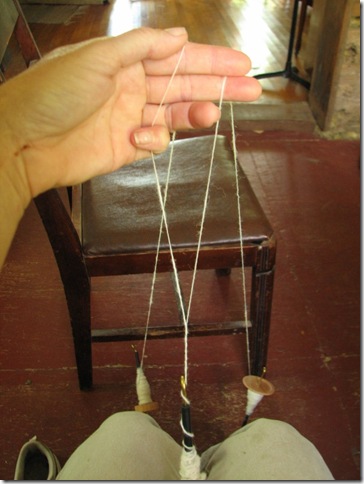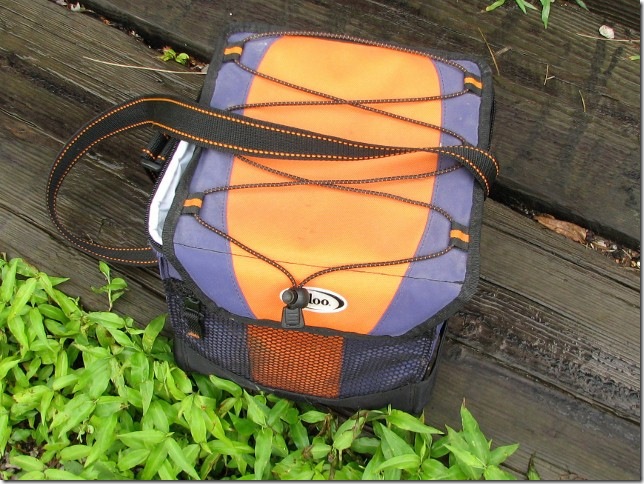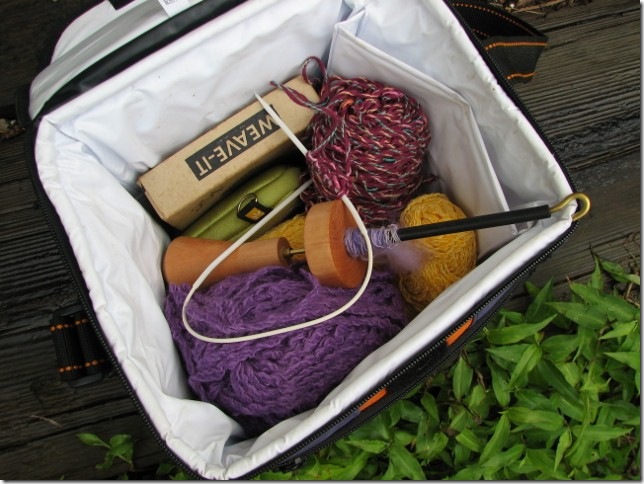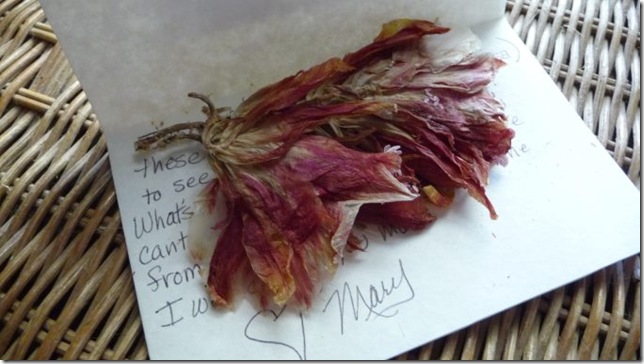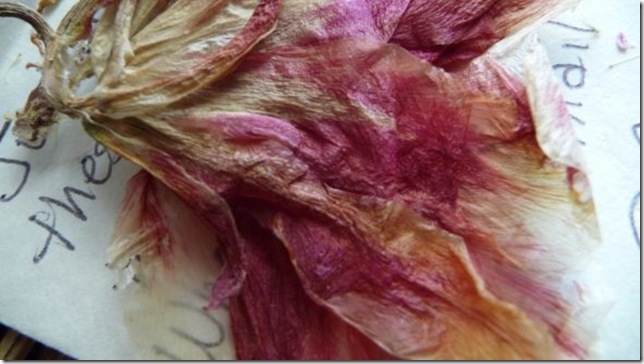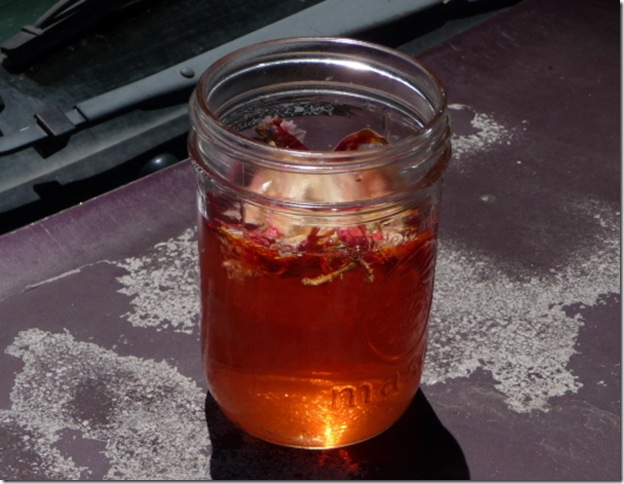A customer recently sent me this email (thank you Judy for asking and prompting me to post)
“I am wondering if anyone has tried plying with two spindolyns. I'm thinking that I could spin singles on both spindolyns and then ply directly from them onto another spindle. That would eliminate winding the singles off the spindolyn. I would probably need to have beanbags for both spindolyns so that they wouldn't tip over. It seems so simple that I'm sure someone must have tried it. Do you know if this would work well? “
Thanks,
Judy
The answer is yes, it can be done and is a method I use often, but I have not talked about it much because I assume that most people don’t have 3 spindolyn bases and a beanbag for each (though many spinners do have one base and two or more extra spindles to go with it) Also, plying is one of those “best practices vs. whatever get’s it done” skills, and I don’t want to advocate a method that might get the “plying police” after me. So with disclaimers included (and following) here is one way that I ply off of the spindolyns.
In the picture above, I have placed the spindles on a chair in front of me, so that you can see them in the photo, but normally, they would be on the floor in front or to the side of me. The more distance you have between your source of singles, and the plying spindle, the more you will be able to use your hands to control the twist of the yarns coming together. The bases are sitting propped in the beanbags so that they lean on an angle and the yarn can feed off of the cop without getting caught on the hook. Also, I normally spin in a kicked back position, with the spindle more stuck in the crook of my knee, but in order to juggle the camera in one hand and get everything else in the view finder, I have to sort of place things awkwardly.
Another disclaimer, yes, that is a high whorl spindolyn you see in the photo. It is a prototype that I have been testing, to be called the “Octavia” It does spin nicely, but it’s drawback is does not feed off as nicely in this arrangement as the other spindolyn you see in the picture, which is also another prototype I am testing (possibly to be called the “piccolo”) But y’all aren’t supposed to notice those yet<g>
Here you can see how I hold my hand when plying, with each strand tensioned as you see, to give me control of the angle and amount of twist in the ply.
Now for the other disclaimers: "best practices in plying" encourage you to wind off your singles so that you can rewind them in a tidy and consistent fashion to better prepare them for proper plying. Also, some even wind, then re-wind one again, so that the two sources have two different directions of end presentation imitate the "ply back upon itself" natural tendency of overspun.
But, sometimes, you are not after perfection, you are after the "git er done" satisfaction.
With that approach in mind, I also have been working on a lazy kate type base to put the spindles in for plying so that you don’t have to have multiple bases, sort of like this.
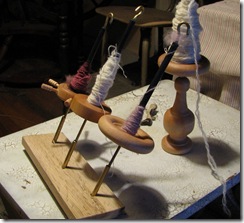
But it still needs the following: for me to find an affordable and nearby source for wider wood. The wooden base has to compromise between stability and portability, as well as shipping weight. It needs more experimentation on the correct angle, and some sort of wire guide (which might not be as necessary, if i don’t release the high whorl spindolyn, it is the recalcitrant one that really needs a guide.)
And you thought I was just laying around on the beach idle this summer?
Meanwhile, all the R and D has been conducted with some old (maybe 9 years?) drum carded Romney fleece I found in a bag in the bottom of an antique trunk of mine. It is from my old favorite sheep of my long ago and misty past “Maggie” and I still like spinning her the best.

